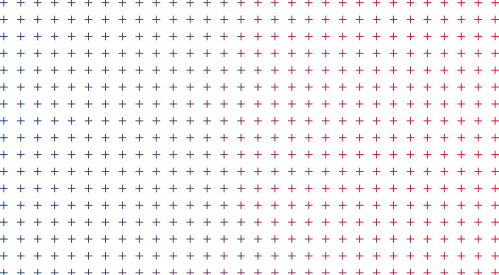Landscapes of passing opportunities in Football – where they are and for how long are available?
Using players positional data from a competitive football match, landscapes of passing opportunities were created and categorized into three groups of passes: i) penetrative, ii) support and iii) backward. Displayed as heatmaps these landscapes show more passing opportunities on the second half.
Furthermore, results display that penetrative passes were available for shorter periods than backward passes that were available for shorter periods than support passes. This customizable tool provides insights into attacking dynamics allowing collective and individual player performance analysis.
Luis Gómez-Jordana Martin



